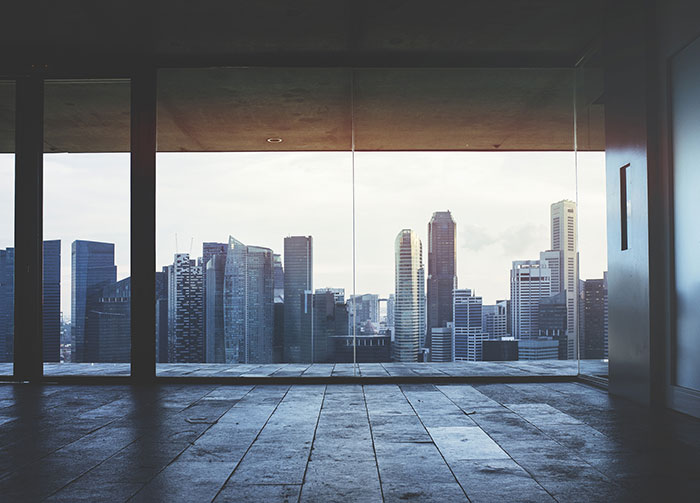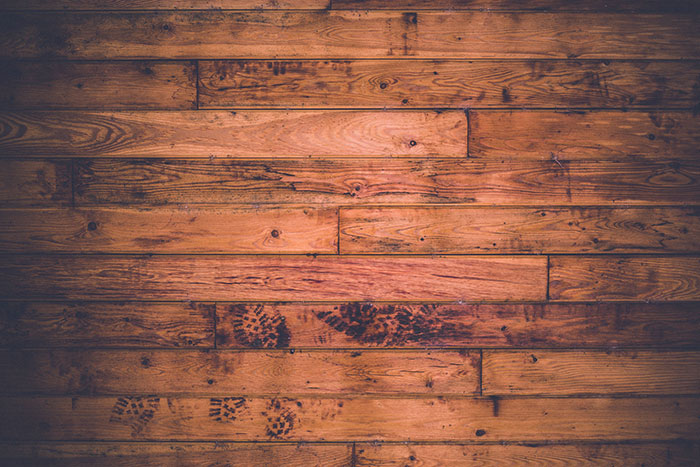
To that end, along with good practices that you should take on board, it is advisable to use products such as special oils, polyurethane varnishes such as Parquet Varnish from Montó Pinturas, lacquers or other specific protectors to try to preserve the good condition of these floors for longer.
But what are the most frequent problems with these types of interior floors? Here are a few, and possible solutions to them.
- Streaks and scratches: In spite of the tough nature of wooden floors,everyday situations and daily activities can cause damage such as dents, scratches and cracks. However, they have the advantage over laminate floors - for example, they can be sanded and varnished every 10-15 years; so, they do offer the option to correct damage. In this case, you can use a water protector such as The Parquet Varnish collection from Montó Pinturas or a polyurethane varnish.
- Raised / bulky parquets: Floors that are not water-repellent, i.e. have no protection against water, will tend to swell on contact with it. Pouring water onto wooden floors or installing this type of unprotected flooring in very humid areas such as bathrooms or kitchens can lead to this kind of damage.
In these cases, the solution would be to dismantle the affected area, wait for the slats to dry (placing something heavy on top to prevent them from deforming) and then reassemble them. At times, you may need to replace them completely.
On the other hand, there may also be situations where wooden floors end up being removed due to faulty installation or the installation of door stops or bolted shelves, which prevent the natural expansion of the wood. In both cases it is advisable to remove the slats and perform reassembly.

To avoid this type of damage, the quickest and most convenient solution is Polyurethane Parquet Décor from Montó Pinturas varnish, which uses the humidity of the environment as a hardener and provides a tough, glossy finish
- Stains: When dealing with stains on wooden floors, the best solution is to act quickly before they can seep in.
If you have a waxed wooden floor, the stain must be gently rubbed with a damp cloth, before drying the area and waxing again.
If the floor finish is not wax, but contains a different product such as a polyurethane floor varnish or a polyurethane plasticiser, you will have to use a specific product for cleaning it. In any case, the advantage of this kind of finish is its virtual immunity to stains and its easy washability and high resistance to abrasion, as well as the fact that it is the most appropriate option for these types of surfaces.
- Creaking: Creaking in wooden floors is bothersome when caused by walking on the slats, and it can be particularly unpleasant in the evenings. It is caused by the porosity of the wood, which expands or contracts depending on moisture changes. But poor-quality construction and design and / or improper use of materials can also cause a parquet to creak.
Therefore, in order to try to redress this problem it is essential to identify its source. If they are due to the presence of a crossbeam, it could be helpful to use an electronic device to locate crossbeams.
- Varnish problems: Occasionally, varnishes can also display small imperfections such as cuts, creases, blemishes, bubbles or craters, which can be attended to by carefully cleaning the surface and using sandpaper.
However, even if no such damage has yet occurred, it is important to take these recommendations and precautions into account, as this will help to maintain wooden floors in good condition:
- Avoid stepping on the parquet with outdoor shoes, especially if they are wet or carrying traces of soil, gravel, stones, etc. or have high heels which could scratch the surface.
- Clean the floor immediately if you spill liquid on it. In these cases, it is also advisable to pay special attention to drying.
- Place adhesive felt on the furniture legs, to minimise scratches on the floor.
- Try to stop sunbeams from directly hitting the wood, because they could damage it and darken it prematurely.
- Ventilate the room regularly, to reduce moisture and prevent the swelling and/or deformation of the slats.
In conclusion, parquet floors need particular care to remain shiny for longer; but perseverance and foresight are the keys to keeping these surfaces looking good as new for years to come.
If you are interested in articles on both indoor and outdoor wood conservation and repair, we recommend you follow our blog.


